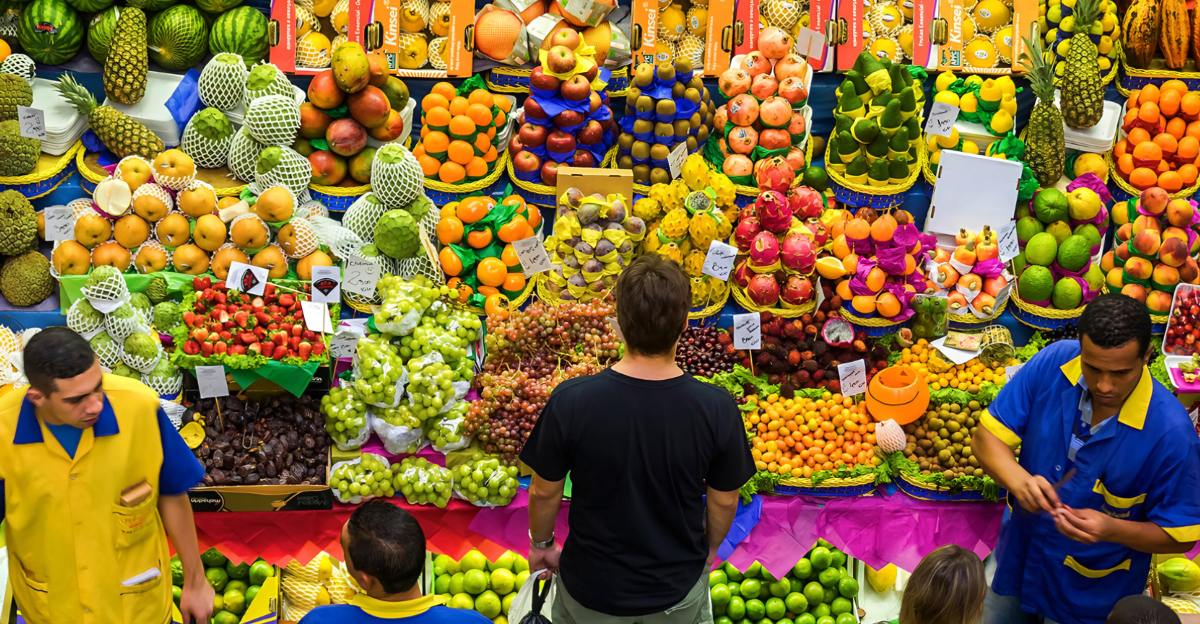
In just a few days, California’s farms have gone quiet. Fields are sitting untouched. Packing plants are running half-empty. And it all traces back to a wave of ICE raids that hit hard and fast.
Dozens of farmworkers were taken in. Hundreds more stopped showing up, scared they’ll be next. Without them, crops don’t get picked. Food doesn’t get processed. And soon, your grocery store shelves may start to feel the impact.
This isn’t just a California issue. These workers are the backbone of America’s food system. It’s a brutal reminder that America’s food system runs on fragile labor, often unseen, underpaid, and now, deeply at risk.
Here’s how it all unfolded, and what it means for your dinner table.
The People Behind Your Produce
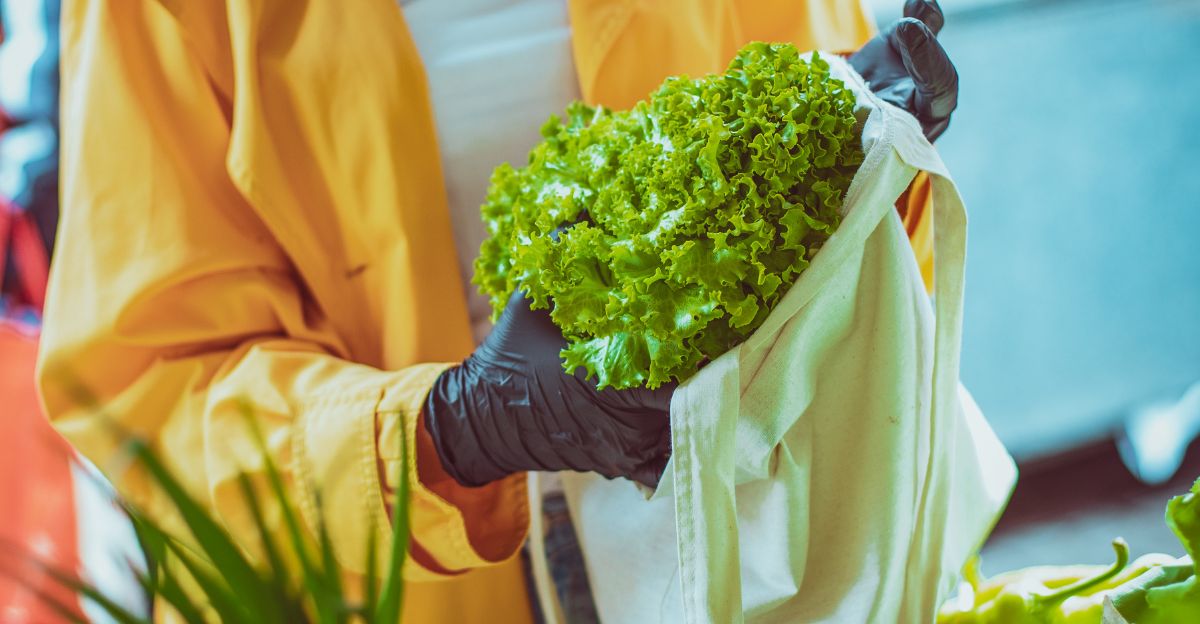
You might not see them, but they’re everywhere, out in the fields, in the packing houses, keeping America’s food moving. California’s agricultural empire depends on nearly a million farmworkers. And here’s the kicker: 70% of them are undocumented. They pick the strawberries, pack the lettuce, haul the crates. Without them, the $59 billion industry simply wouldn’t exist.
This isn’t a side note to the immigration debate. It’s the heart of how your food gets to your plate. The ICE raids? They didn’t just target people; they hit the very roots of our food system. And now, those roots are showing signs of strain.
Vanishing Workers, Silent Fields
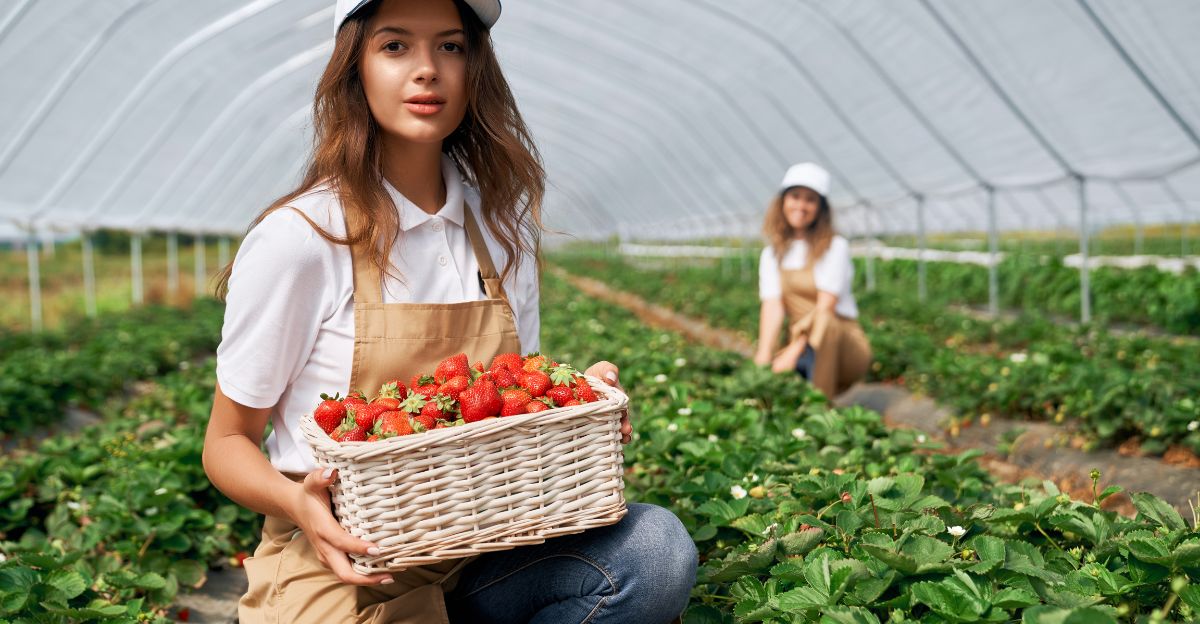
“We’re hiding,” whispers a farmworker in Oxnard, one of the country’s strawberry hubs. Fields once full of life are suddenly quiet. Farm owners say up to 45% of their crews have vanished. Not just arrested, vanished. Workers are hiding in fields, skipping work, and avoiding grocery stores and clinics.
Even those here legally are staying home. Fear doesn’t check paperwork. It spreads fast. Entire communities are going ghost, and farms are feeling it. Harvests are falling behind. Packing lines are stalled. The workforce didn’t just shrink overnight; it disappeared.
And with fewer hands in the field, the cracks are spreading outward.
When Farms Slow Down, Everyone Feels It
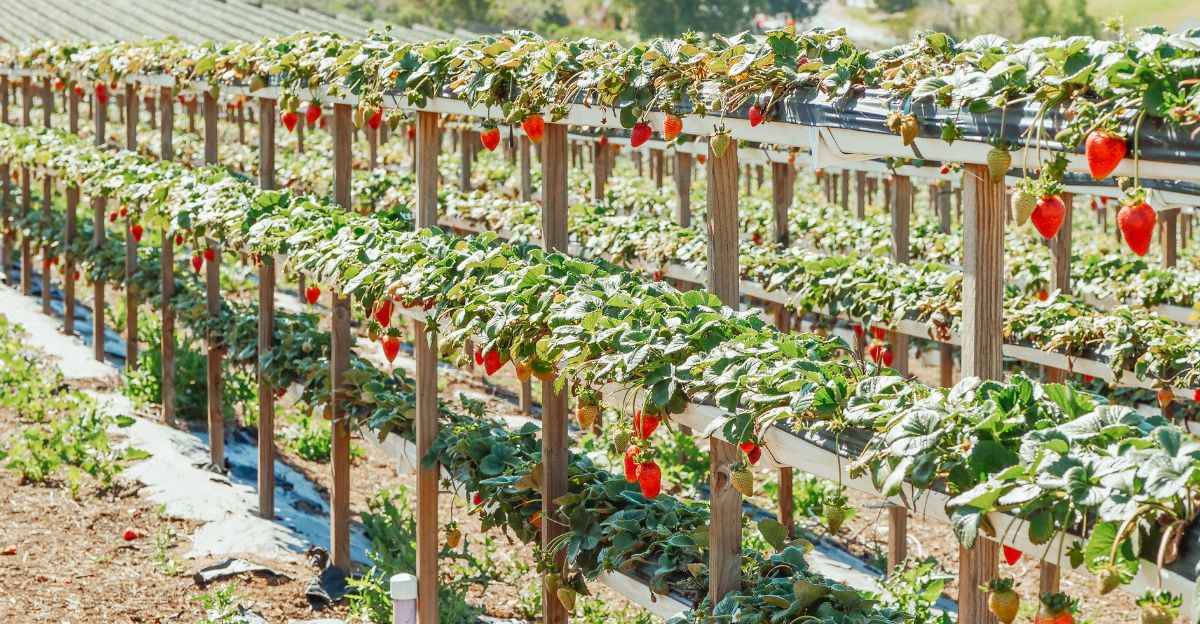
The disruption doesn’t stop at the farm gate. When strawberries rot in the fields, processing plants slow down. Truckers have less to haul. Restaurants run short on ingredients. One Oxnard restaurant owner says customers are gone, and her regulars were the workers.
It’s not just about food. A local pallet company shut down. So did a mechanic. These businesses depend on farmworkers too. When they stop coming, the whole rural economy starts to sputter.
It’s all connected. Agriculture is the foundation. And when that foundation shakes, everyone else wobbles too. Especially in small towns.
California’s Farming Giant Could Stumble
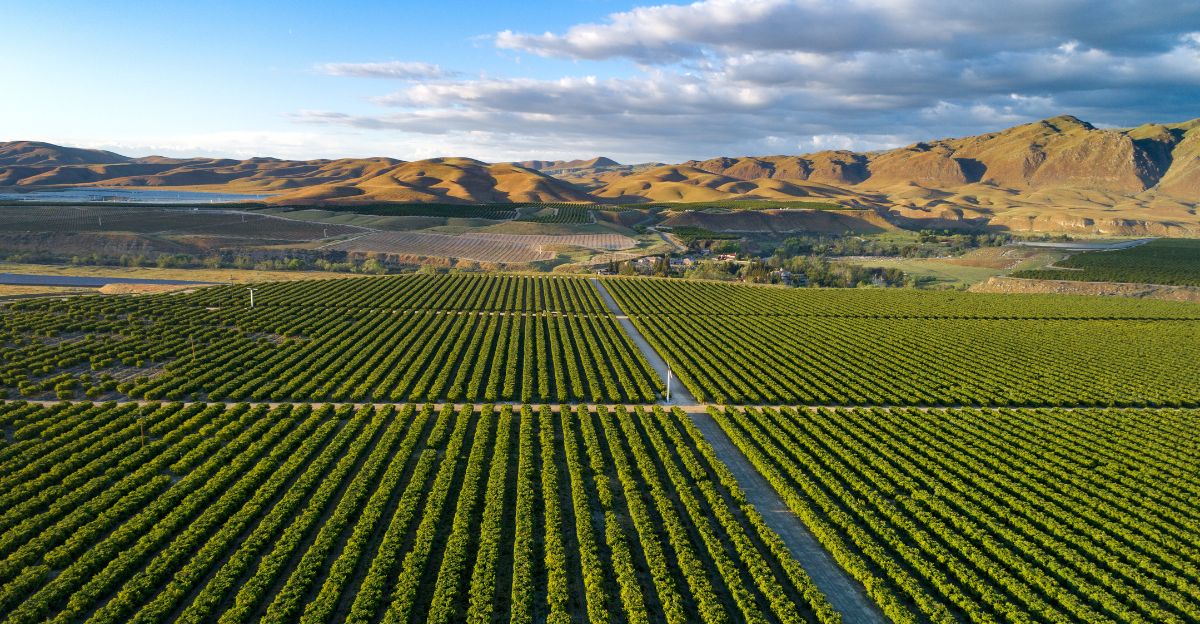
California isn’t just another farming state. It’s the farming state, supplying over a third of the country’s veggies and two-thirds of its fruits and nuts. Ventura County alone rakes in over $1.6 billion in crop sales every year.
But right now, those harvests are in trouble. Peak season needs a full crew. Instead, fields are short-staffed, and deadlines are slipping. If California falters, the whole country feels it. Less produce means higher prices, and more strain on other states to pick up the slack.
It’s not just a California problem anymore. This is about national food stability.
Your Grocery Bill Is About to Get Pricier

Here’s what it means for you. Economists say produce could see double-digit increases, especially the hand-picked stuff like strawberries and lettuce. For families already squeezed by inflation, that’s a hard hit.
But the impact doesn’t stop at the grocery store. When farm jobs disappear, rural economies start to shrink. Fewer renters, fewer students, fewer paychecks spent at local shops. Entire communities feel it.
So no, it’s not just about pricier berries. It’s about what happens when the workers who keep our food system going are suddenly gone, and what’s left in their absence.
Mixed Signals, More Panic

One week, ICE was told to ramp up raids. The next, pause. Then it flipped again. These back-and-forth orders have left everyone in limbo. Farmers can’t plan. Workers don’t know if it’s safe to leave the house.
Even Senator Alex Padilla got booted from a hearing while trying to ask questions. The uncertainty is making a bad situation worse. Fear spreads, even when the raids stop for a moment.
Markets hate confusion, and so do people. Especially when their jobs, meals, and safety are on the line. And right now? Confusion is everywhere.
Robots Aren’t Coming to the Rescue
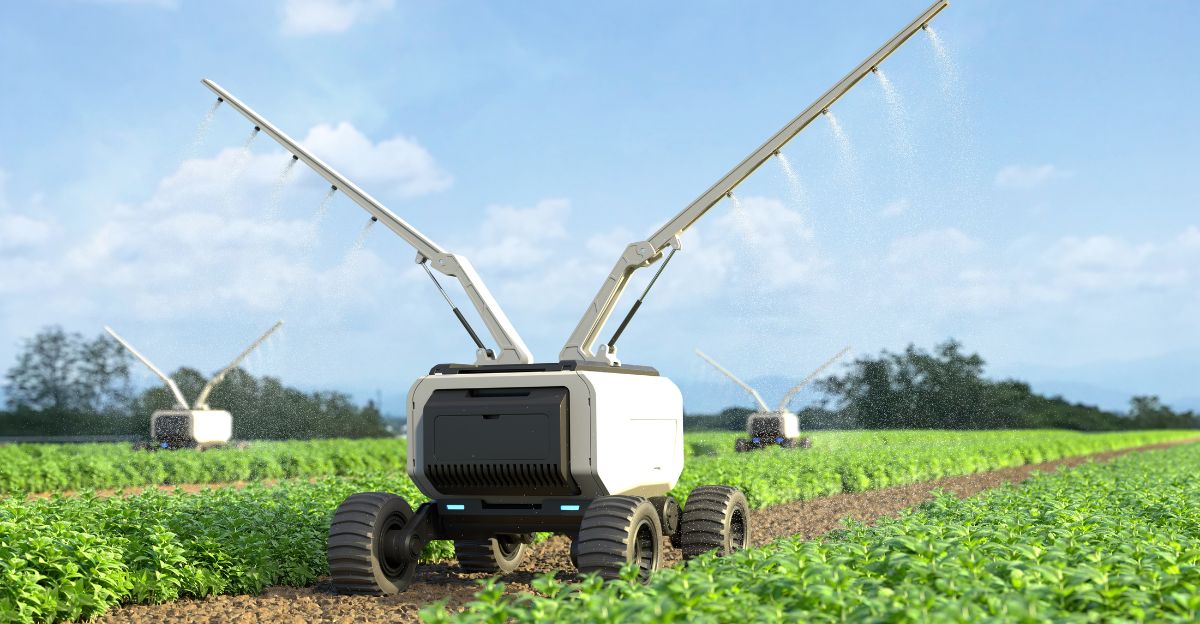
You’ve probably heard it: “Can’t they just use machines?” In theory, maybe. But in practice? Not even close. Robots aren’t ready to handle delicate crops like strawberries. They’re expensive, clunky, and most farms don’t have the tech to support them yet.
Even the best machines need years, years, to scale up and work well enough to replace humans. But this crisis is already here. It’s happening right now, not in 2030.
So no, automation won’t save this season. Or even the next. The myth of the robot farm is comforting, but dangerously out of touch.
The Visa Program That’s Not Cutting It
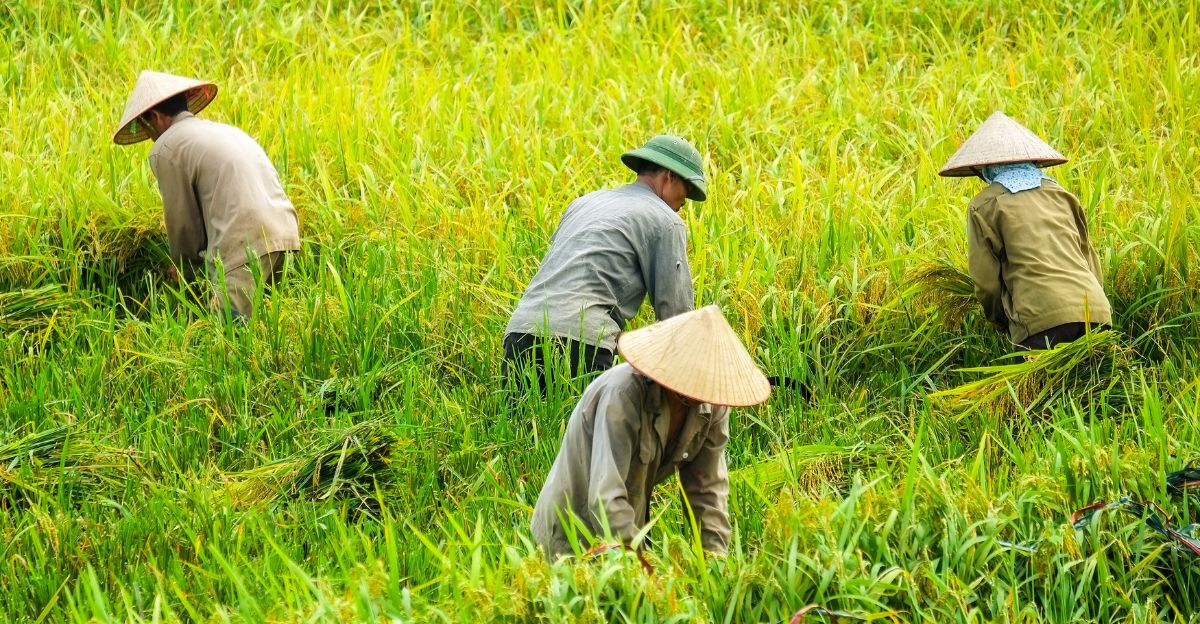
The H-2A program was supposed to be the legal workaround: temporarily bring in farmworkers and keep food production steady. But it’s falling short. In 2022, about 370,000 positions were certified across the country. California alone needs at least twice that.
The program has strict rules: workers must leave after three years, jobs must be seasonal, and farmers have to provide housing. That’s a tall order, especially for year-round crops.
In short, it’s not built to handle a crisis like this. It’s a patch on a leak that’s already turning into a flood. So what now?
The Road Ahead: Rethinking How We Feed Ourselves
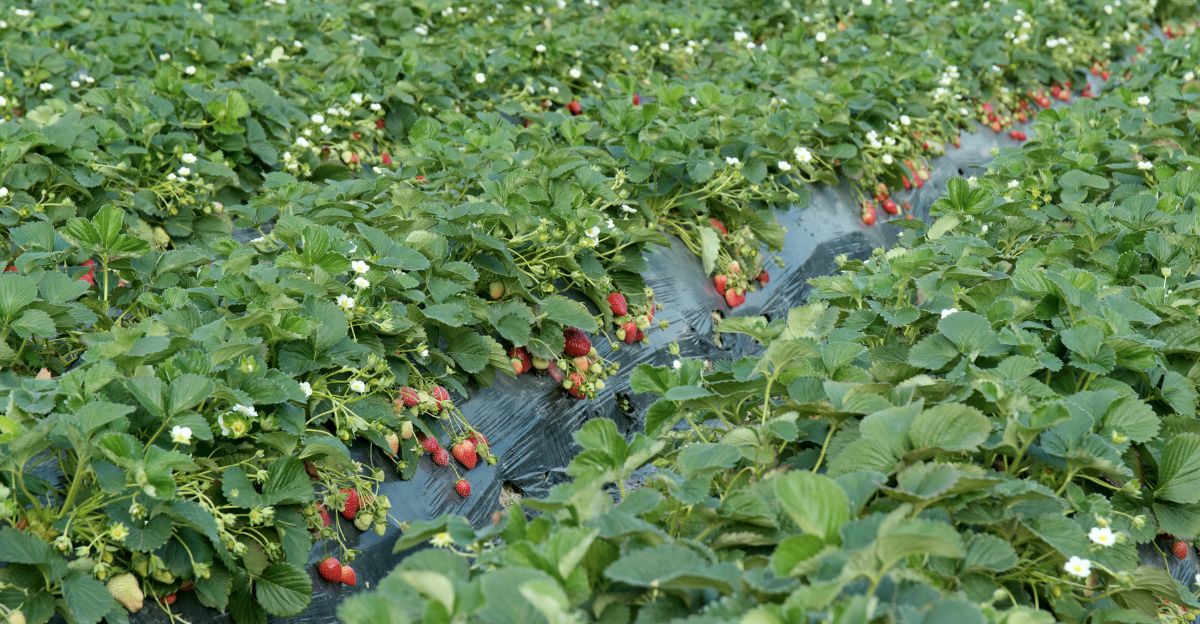
This crisis shines a clear light on how deeply tied food security is to real people and policies. Our farms rely on workers who’ve long been overlooked, yet they keep food on our tables.
Fixing this means more than quick fixes, it calls for honest solutions that balance fairness with practical needs. If we don’t, the cracks in the system will only grow.
There’s a chance here to rebuild something stronger and fairer, but it requires steady, thoughtful action. How we handle this now will shape the future of food for all of us.
Discover more trending stories and Follow us to keep inspiration flowing to your feed!

Craving more home and lifestyle inspiration? Hit Follow to keep the creativity flowing, and let us know your thoughts in the comments below!
